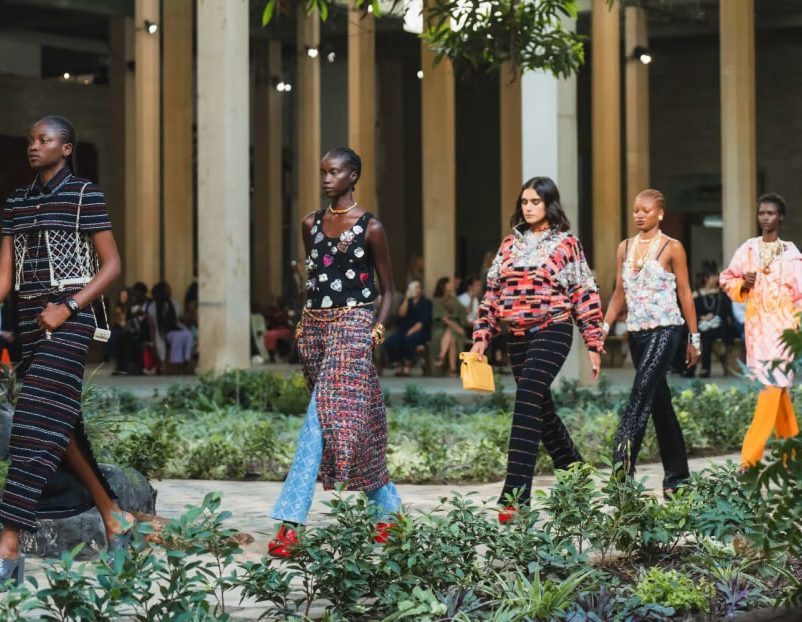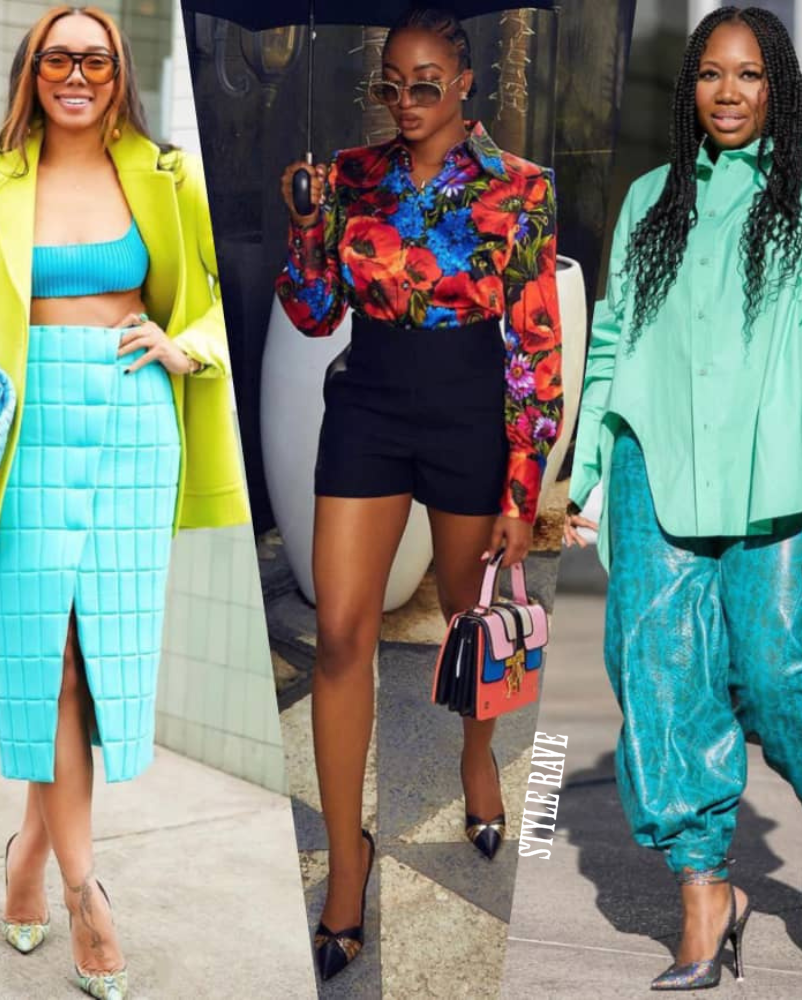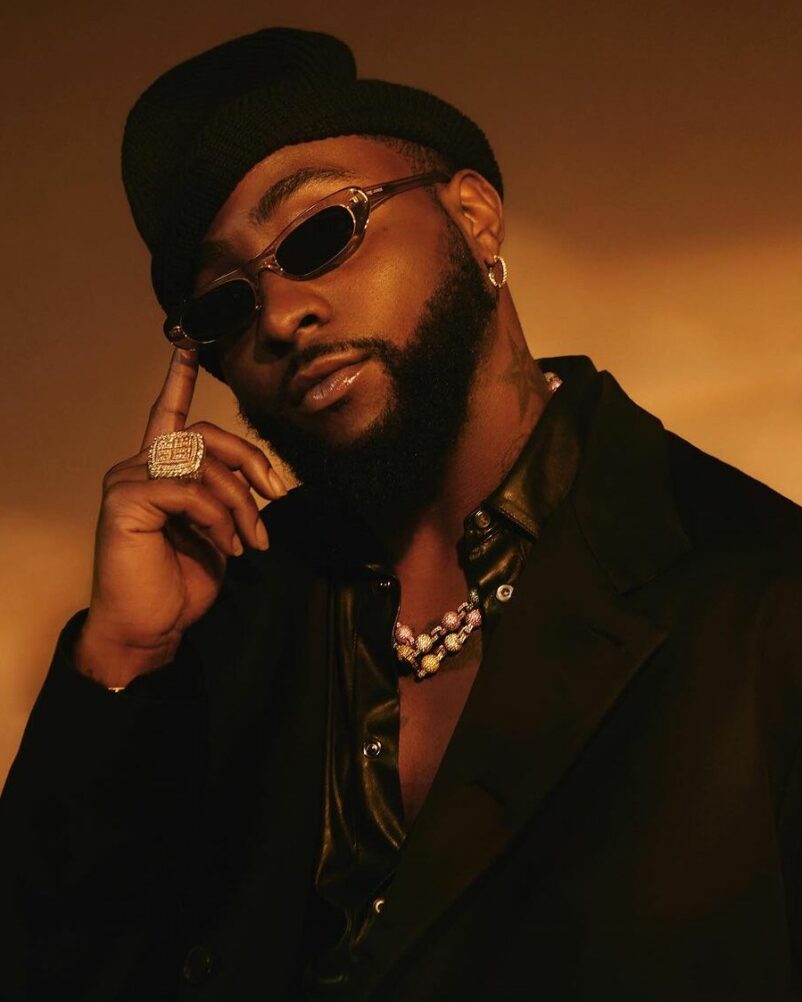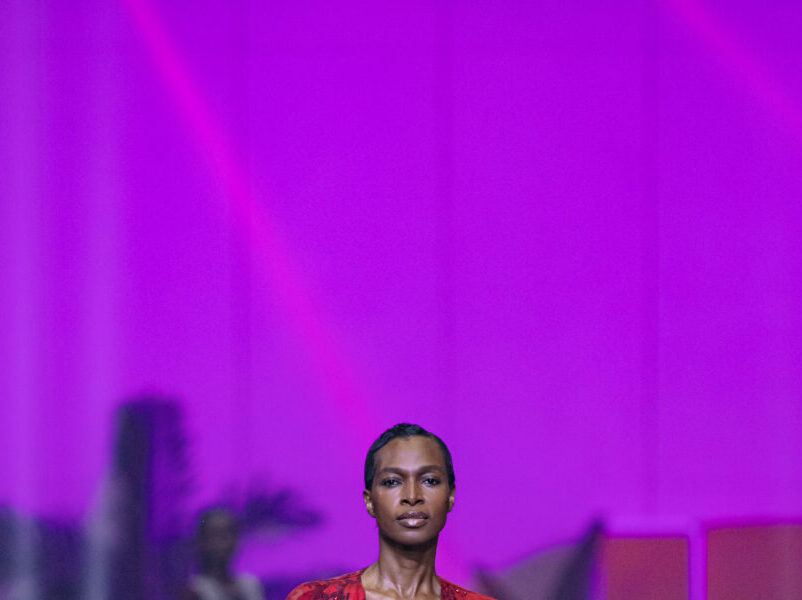
It might have gone horribly wrong. One of the most opulent European luxury companies, Chanel, could have been accused of colonialism if it had parachuted into Africa with a flashy one-off fashion display while having no stores or significant operations there.
Particularly considering Chanel has no particular personal history with the region (“I cannot say Madame Chanel dreamed to come to Dakar,” said Bruno Pavlovsky, Chanel’s president of fashion), the fact that it was the first such show ever in sub-Saharan Africa, as well as Dakar, Senegal, a country that was once part of the French empire and now has its own thriving fashion culture and heritage, and the fact that the city is where the show took place.
Particularly after the fashion industry’s admission of its mistakes with regard to diversity, inclusivity, and cultural appropriation, as well as its own numerous errors in this area.
It’s a credit to the efforts the house made to reframe the event that the Chanel Métiers d’Art presentation, held at the Palais de Justice in Dakar earlier this week, went off with only a slight amount of backlash on Twitter.
It was planned as a three-day festival to follow Dakar fashion week in order to highlight the nation’s abilities in art, dance, music, and literature rather than just a fashion parade to entice new customers to spend a lot of money. In other words, it’s more of an equality celebration than it is an exotic shortcut for fresh creativity.
This was significant, if unfinished, step forward. However, by highlighting a number of show collaborators, such as Senegalese rapper Nix, singer Obree Daman, and the nearby Ecole des Sables dance school, and placing the connections between them and Chanel somewhere on the abstract plane of the mind, it also gave the appearance that the clothes themselves were the least important thing.
The garments remain. In contrast to anything as overt as a traditional Senegalese pattern, material, or artisanal skill, they were allegedly inspired by “the pop-soul-funk-disco-punk decade” of the 1970s (the intricate craftsmanship of the collection).
which was created to display the work of various specialized ateliers Chanel acquired to preserve their know-how and was all made in France). Which, it turns out, meant largely… pants. Knit, bouclé, flared, and denim are frequently worn with intricately detailed jackets, tunics, or blouson tops.
Designer Virginie Viard can create a beautiful traditional Chanel dress, and she did so here with some lacy crochet designs, garden party cocktail frocks, and sequined siren evening numbers, but they were hampered by offerings that seemed more appropriate for a tribe of dabbling hippie bourgeoisie.
@CHANEL makes history with its first Metiers d’art fashion show in Africa
Chanel made fashion show history in Sub-Saharan Africa by showcasing its most recent Metiers d’art collection in Dakar, Senegal. Chanel is the first premium brand from Europe to do so. pic.twitter.com/xGbvOfv00A— Nairobi fashion hub (@FashionNairobi) December 9, 2022
The variety of hues and the layering of the garments—a beaded vest over a bouclé jacket, a tidy wrap skirt over some slender knit flares, and a long, floaty tunic over faded jeans, caught by a gold belt—were the only creative connections between the setting and the goods. 19 of the 62 models in the show were African, with 12 of those being Senegalese. According to Mr. Pavlovsky, the makeup and hair crews were split about evenly between locals and foreigners.
850 people were brought to Dakar, mostly for the garments, with roughly 500 of them coming from various parts of Africa.
The purpose of inviting famous people like Pharrell Williams, Whitney Peak, and Nile Rogers was to enhance the city’s standing as a center of culture and to portray Chanel as a type of creative, well — What? King-maker or equalizer of world power?
There is discomfort because it’s difficult to tell where to draw the line between the two postures (maybe it depends on where you are seated).
President Macky Sall and the minister of culture both agreed to support Chanel’s participation in the event. Chanel plans to continue working with local talent and will visit Dakar for a 19M program in January.
The official name of the speciality ateliers’ headquarters is 19M, and it will highlight pieces made in collaboration with regional embroiderers and artisans. That will then serve as the foundation for a later exhibit that the company will present in Paris. And according to Mr. Pavlovsky, their experience in Dakar could serve as a template for future cultural exchange and collection activities.
The choice of Dakar to present the @CHANEL 2022/23 Metiers d’art collection on Dec 6 is the result of meetings three years ago with friends of the house who have lived there, who are carrying out artistic projects there. pic.twitter.com/FMHVHPhaD8
— Nairobi fashion hub (@FashionNairobi) December 9, 2022
He stated, “If you’re locked on the street Cambon in Paris, it’s hard to be creative.”
Would Chanel ever invest in a specialized Senegalese weaving workshop in the same way that they have in European ones like Lesage and Maison Michel, in order to preserve their know-how?
There are no such plans, according to Mr. Pavlovsky, but he admitted that he could picture a day in the future when it might be feasible.
The brand is currently being given the benefit of the doubt, according to Oumy Diaw, a curator who attended the exhibition, despite certain setbacks like organizing the exhibition on the same day as the anniversary of the foundation of Dakar’s Museum of Black Civilizations. Ms. Diaw expressed hope that “This Chanel passage will not be a one-hit wonder or an opportunistic endeavor to feed the Western fashion houses with Africa’s vast aesthetic capital,” but rather the start of a much-needed process to recognize exactly how vibrant that aesthetic capital is.
Since Chanel presentations are held in Paris, the audience typically shows up appropriately dressed in their most glitzy bouclé, camellias, and ropes of pearls. In contrast, the audience in Dakar made eye-catching fashion statements of their own.
Content courtesy of New York Times & NFH
Related




